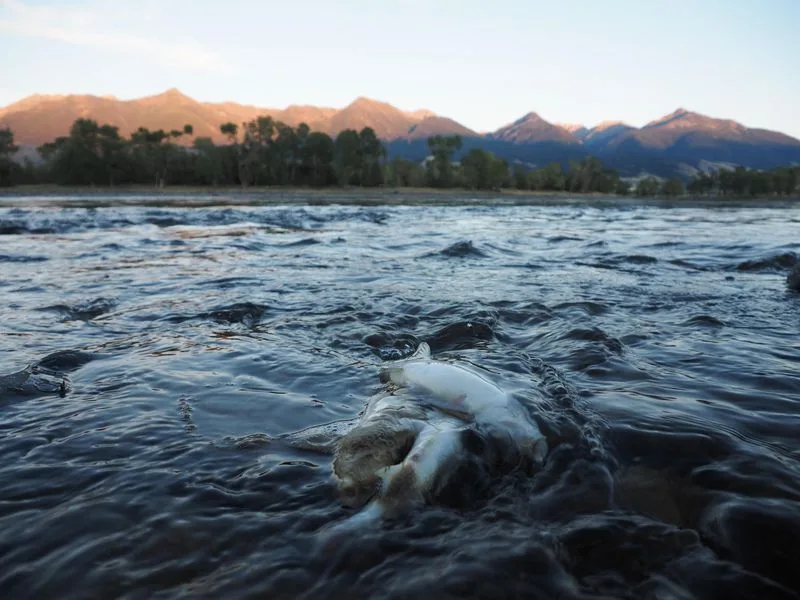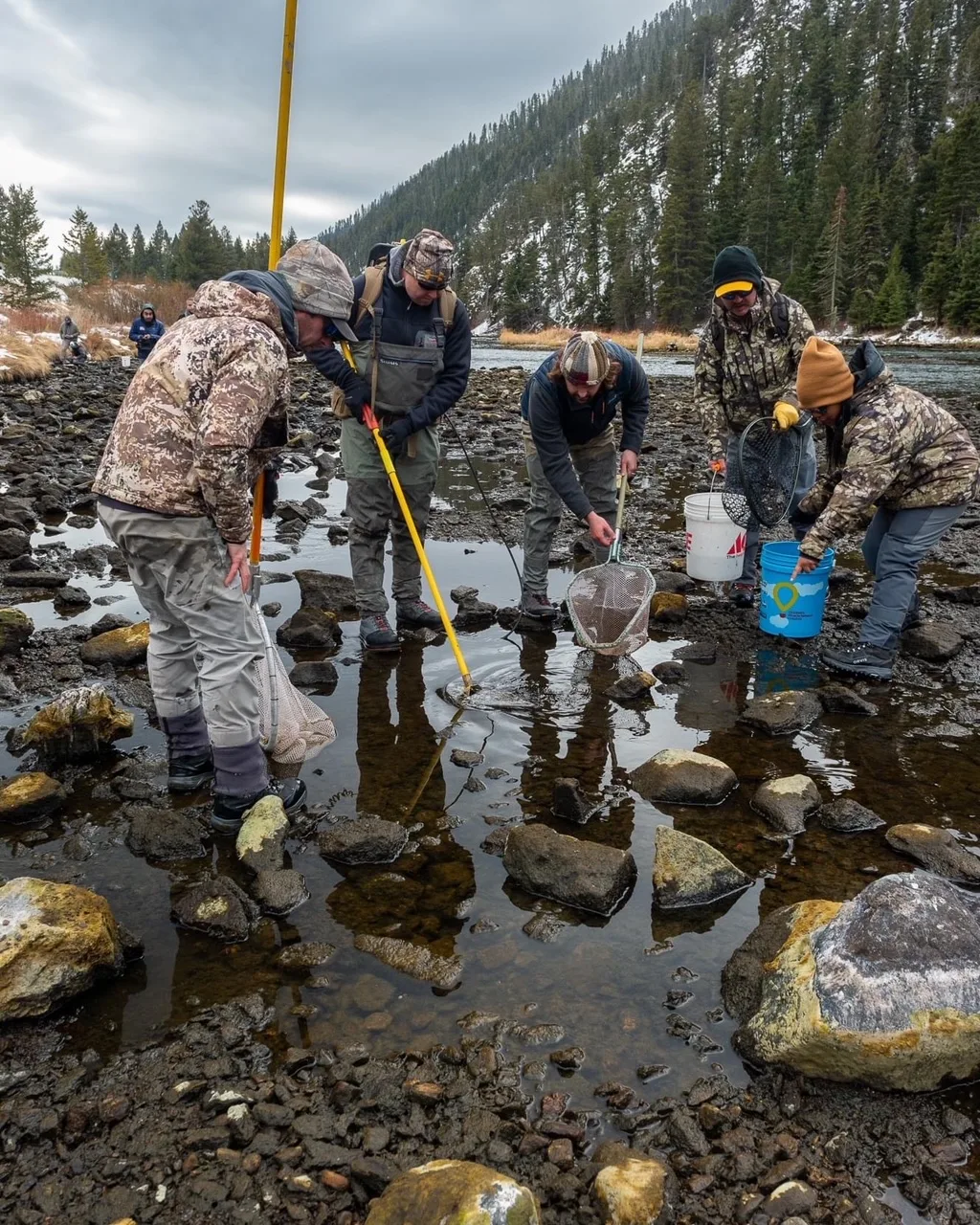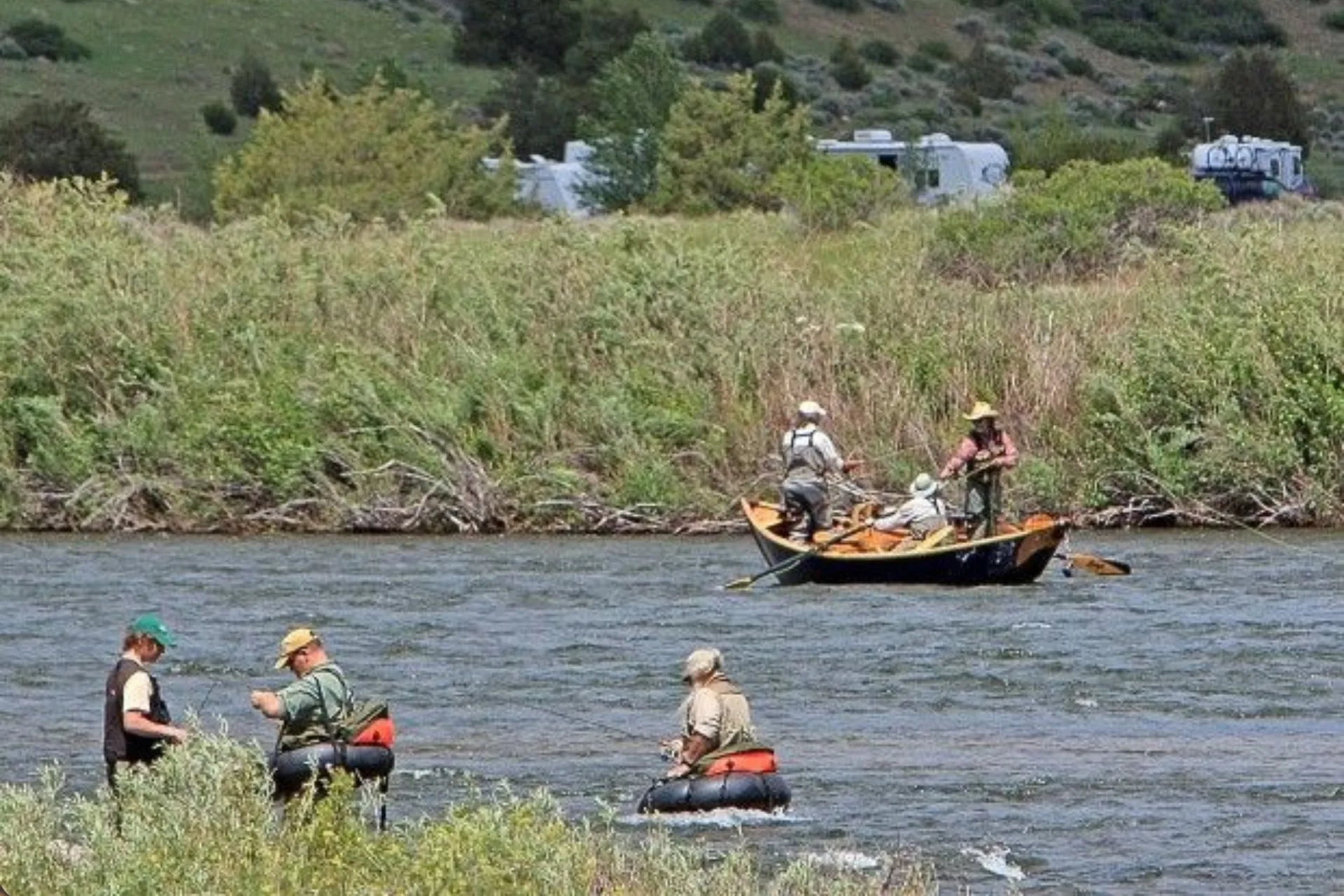The trout populations in Southwest Montana and Bighorn River are in trouble. Disease, overfishing, habitat destruction, and several other factors have led to declining trout numbers. The tourist fiscal value seems to take precedence over biology. Its never just one thing.
The Madison has been hit hard. There are flotillas of guide boats pounding this fishery. The Hegben Dam has failed and caused a generation of new fish to dry up. Whirling Disease nearly wiped the trout population out. Agriculture and irrigation are more of a priority than water wellness.
Artificial cold-water fisheries like the Bighorn, Beaverhead, and Ruby Rivers require cold water releases from the dams that block their flows. Prior to the Yellowtail Dam, the Bighorn was home to suckers and catfish. When the dam began releasing cold water, a trout fishery was born. The original purpose of the dams was for irrigation downstream. Trout fisheries were an accident. When the irrigation is at full flow, the trout fishery suffers.
Fisheries are always changing. It is never one thing that ruins or creates a great fishery. Watersheds and ecosystems are fragile under the best circumstances.

Experience has taught me that if you take care of habitats, wildlife will take care of itself. This holds true with critters and fish. When I worked as a Fisheries Biologist, my mentor taught me how to solve problems and trouble shoot issues in trout populations. It always started with a trout’s basic needs.
Trout require clean, cold, well oxygenated habitat, and nutrient rich water. If any of these issues are a problem, trout will suffer. If all these issues are healthy, so are the trout.
There are important limits to consider when triaging trout populations. The water must be below 65 degrees especially in the Summer. Lower water levels mean warmer and shallower water. Predators and anglers can now attack exposed fish. Disease will take over when fish become stressed. Caught and released fish die after stress and release into cold and warmer water. Polluted water kills fish.
In Montana, the same problems keep happening. Irrigation drains the trout watersheds, the water warms, disease begins, predators feast, and fish die. All of this happens while the trout are being caught over and over by fleets of fly fishermen.
The FWP keeps doing studies and performing the same research. Instead of preserving what trout need to live, they do autopsies on what killed them. If you take care of the fish, the fish will take care of itself.
Even with the best Catch and Release techniques, 10 % of all caught trout will die after release. They are gut hooked, stressed out, weak, become inactive feeders due to lactic acid in their muscles, or just worn out from fighting back. Lips, gills, and operculum’s have been torn off from being hooked. My last fishing trip on the Bighorn produced less trout and those caught showed scars from being caught previously.
So, what’s the answer?
First, we need to ensure that the basic needs of fish are met. This means better cold-water management. Farmers may need to find more ways to use less water, plant drought resistant crops, and leave farming buffers between watersheds and farmland.

Resident buffers need to ensure that grass and trees allow for cover, shade, and habitat along watersheds. No more mowing grass up to the riverbanks. Plant greenways along watersheds.
Catch and Release fishing is fine until too much pressure occurs. Limiting pressure may require fewer guide trips.
Catch Limits on guided trips may be required. Once the angler catches 20 trout, they need to put the rod down. No more 50 fish days where at least 5 trout have died. This would require the guides to help police this rule, so they have more fish in the future as well.
Maybe non-resident fishing needs restrictions. In Europe, many countries, like the Czech Republic, do not allow nonresidents to fly fish their trout waters.
Seasonal closures may be needed. Currently Hoot Owl restrictions have become necessary. Perhaps trout fishing season needs to be closed on temperature stressed waters annually. This may mean closed fishing on the Madison and other rivers from Mid-July until September.
All these solutions may not be popular, but necessary, if we want to have a future with wild, Native trout in Montana. Original “Native Trout” are continuing to struggle due to warmer and harder conditions. Rainbows and Brown trout have been hatchery hybridized to do better in harsher conditions but they to are suffering.
Anglers need to speak for the Trout!
Montana Grant





